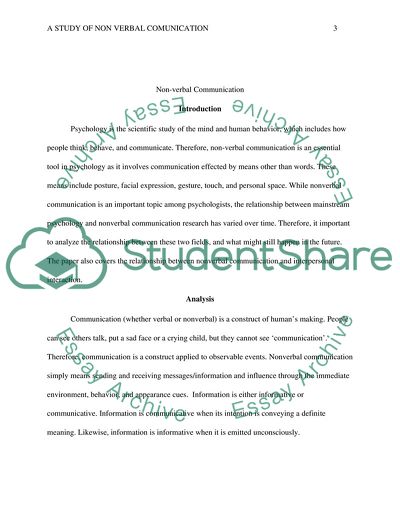Cite this document
(“Nonverbal communication Term Paper Example | Topics and Well Written Essays - 1750 words”, n.d.)
Retrieved from https://studentshare.org/psychology/1668922-nonverbal-communication
Retrieved from https://studentshare.org/psychology/1668922-nonverbal-communication
(Nonverbal Communication Term Paper Example | Topics and Well Written Essays - 1750 Words)
https://studentshare.org/psychology/1668922-nonverbal-communication.
https://studentshare.org/psychology/1668922-nonverbal-communication.
“Nonverbal Communication Term Paper Example | Topics and Well Written Essays - 1750 Words”, n.d. https://studentshare.org/psychology/1668922-nonverbal-communication.


